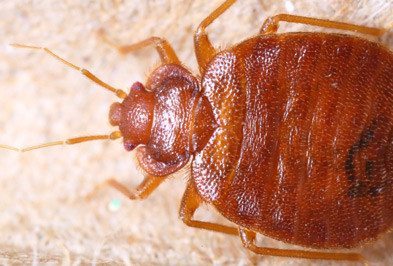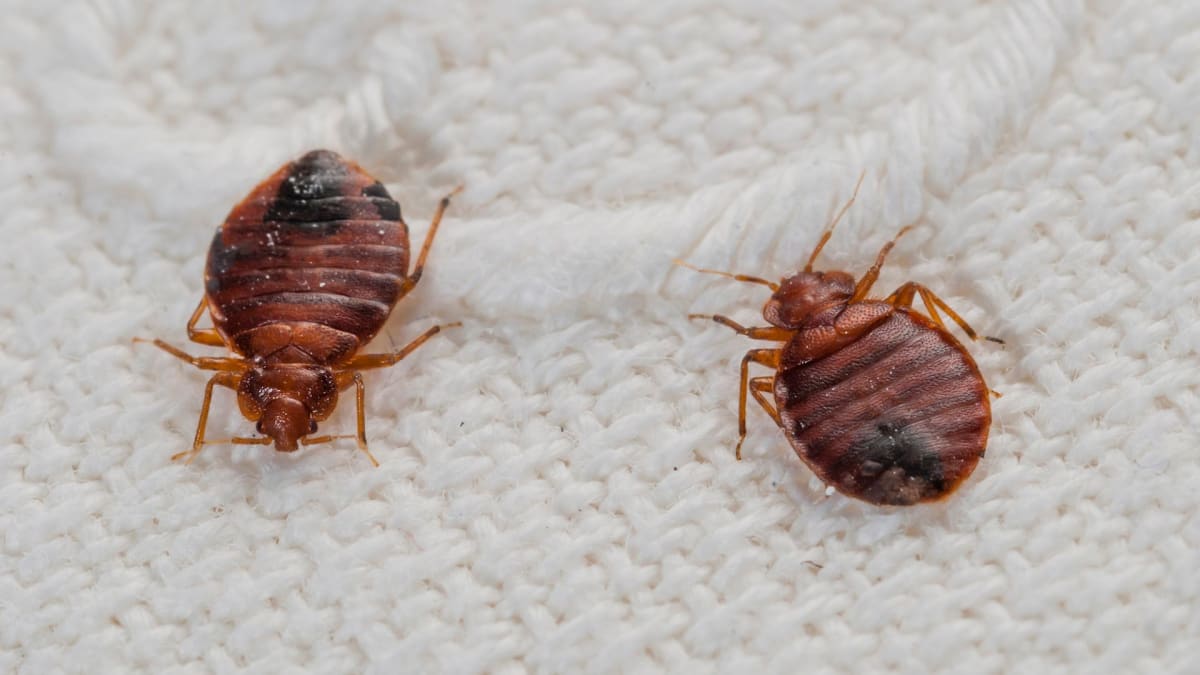Premier Bed Bug Exterminator: DC Exterminator for Effective Treatment
Exploring the Scientific Research Behind Bed Insect Heat Treatments as a Lasting Pest Monitoring Technique
In the world of bug management, the mission for effective and lasting remedies continues to be a constant search. One such technique that has actually acquired grip recently is using heat treatments to battle bed bug problems. By utilizing the scientific research behind thermal fatality points for these consistent parasites, heat therapies offer an appealing alternative to typical chemical-based methods. The ins and outs of how heat successfully removes bed bugs and the wider effects for sustainable insect monitoring methods make this a subject worth discovering even more.
Bed Bug Heat Treatment Process

Thermal Death Factor for Bed Insects
Exposing bed pests to elevated temperature levels beyond their thermal resistance range is crucial for attaining efficient obliteration in warm therapy processes. The thermal fatality point for bed insects refers to the temperature level at which these pests can not make it through. Research suggests that bed pests start to perish when exposed to temperature levels over 113 ° F(45 ° C) for a sustained duration. As the temperature enhances, so does the death rate of bed bugs. At around 118 ° F(48 ° C ), bed pests begin to die swiftly, with a mortality rate of virtually 99% within minutes of exposure. This shows the level of sensitivity of bed bugs to heats and highlights the effectiveness of warm therapies in eradicating invasions. By getting to and maintaining temperature levels over the thermal death point for bed bugs, insect monitoring professionals can make sure comprehensive elimination of bed insect populaces, consisting of hard-to-reach locations where chemical therapies may be less efficient. Recognizing the thermal fatality factor for bed pests is necessary for executing effective warmth treatment approaches and achieving sustainable bug monitoring end results.
Benefits of Warm Treatments
Having actually developed the important thermal death point for bed pests, it is imperative to currently explore the considerable benefits that heat treatments supply in efficiently removing these durable bugs. One of the key benefits is that heat can permeate deep right into cracks and crevices where bed pests conceal, guaranteeing that also the most hard-to-reach locations are heated up to dangerous temperatures.
Moreover, warmth therapies are eco pleasant and safe, making them a lasting pest management technique. Unlike chemical pesticides, warm therapies do not leave harmful residues that can pose threats to human wellness or the atmosphere. This facet is specifically vital in delicate environments such as healthcare facilities, colleges, and suburbs where chemical usage might not be desirable.
Additionally, heat treatments have a high success rate in eliminating bed bug infestations in a single treatment, reducing the need for several brows through and minimizing interruption to owners. This efficiency not just click over here now saves money and time yet also offers assurance to those taking care of bed insect issues.
Effectiveness of Heat Therapy

Study research studies have consistently shown the efficiency of warmth therapies in achieving a high price of bed bug death. Correctly conducted warmth treatments can get to all the fractures and holes where bed insects might be nurturing, guaranteeing a thorough technique to elimination. Heat treatments have actually the added benefit of eliminating bed pest eggs, which are often resistant to typical chemical treatments. On the whole, the effectiveness of warm therapies in eradicating bed insect problems makes them a reputable and sustainable pest monitoring strategy.
Lasting Parasite Monitoring Benefits
Applying lasting bug administration methods provides long-term advantages for both the setting and public health and wellness. By using methods such as heat therapies for bug control, we can minimize the reliance on hazardous chemical pesticides that can have adverse results on ecological communities and human health - exterminator near me. Sustainable Find Out More parasite administration techniques help in maintaining biodiversity by targeting particular pests without hurting non-target organisms, thereby maintaining a balanced ecosystem
Furthermore, lasting parasite administration techniques contribute to the overall health and wellness and wellness of the general public. By minimizing direct exposure to hazardous chemicals used in standard bug control methods, warm treatments give a safer choice for bug management in property, industrial, and public rooms. This reduction in chemical use also assists in protecting against chemical deposits from contaminating water, air, and dirt, safeguarding ecological top quality.
Final Thought
In verdict, bed bug warm therapies have been shown to be a have a peek at these guys effective and lasting insect administration strategy. The thermal death point for bed pests makes them vulnerable to warmth treatments, which have various benefits over typical chemical treatments. The performance of warmth treatments in eliminating bed insect problems while decreasing environmental impact highlights the capacity of this method as a lasting remedy for pest control.
The bed bug warm treatment procedure includes elevating the temperature level within ravaged locations to a degree that properly eliminates bed bugs and their eggs. By reaching and maintaining temperatures above the thermal death point for bed insects, parasite monitoring specialists can make certain comprehensive elimination of bed pest populaces, consisting of hard-to-reach locations where chemical therapies might be much less efficient. One of the main advantages is that heat can penetrate deep into holes and fractures where bed insects conceal, making sure that even the most hard-to-reach areas are heated to lethal temperature levels. Unlike chemical therapies that might leave behind resistant populaces, warm treatments use a ecologically pleasant and safe option that can permeate deep into furniture, wall surfaces, and other hard-to-reach areas where bed pests conceal.
The thermal fatality factor for bed pests makes them at risk to warmth treatments, which have numerous benefits over typical chemical treatments.